A Swiss sailing boat traces Magellan's route
In April 2015, the Fleur de Passion, a 33-metre ketch, embarked on a four-year circumnavigation of the globe, following the route taken by famous Portuguese explorer Ferdinand Magellan. The voyage is an initiative of the Pacifique fondation in Geneva. Combining science, education and culture, its aim is to stimulate discussion on our relationship with the blue planet. It will culminate back in Seville on 6 September 2019.
You might be forgiven for wondering how Switzerland could possibly have a taste for the open seas and a maritime spirit. It is after all a landlocked country composed mainly of mountains. And yet, a recent documentary on the history of the Swiss navy referred to it as 'an island without shores'. So how is it that Switzerland has such a connection to the world's oceans?
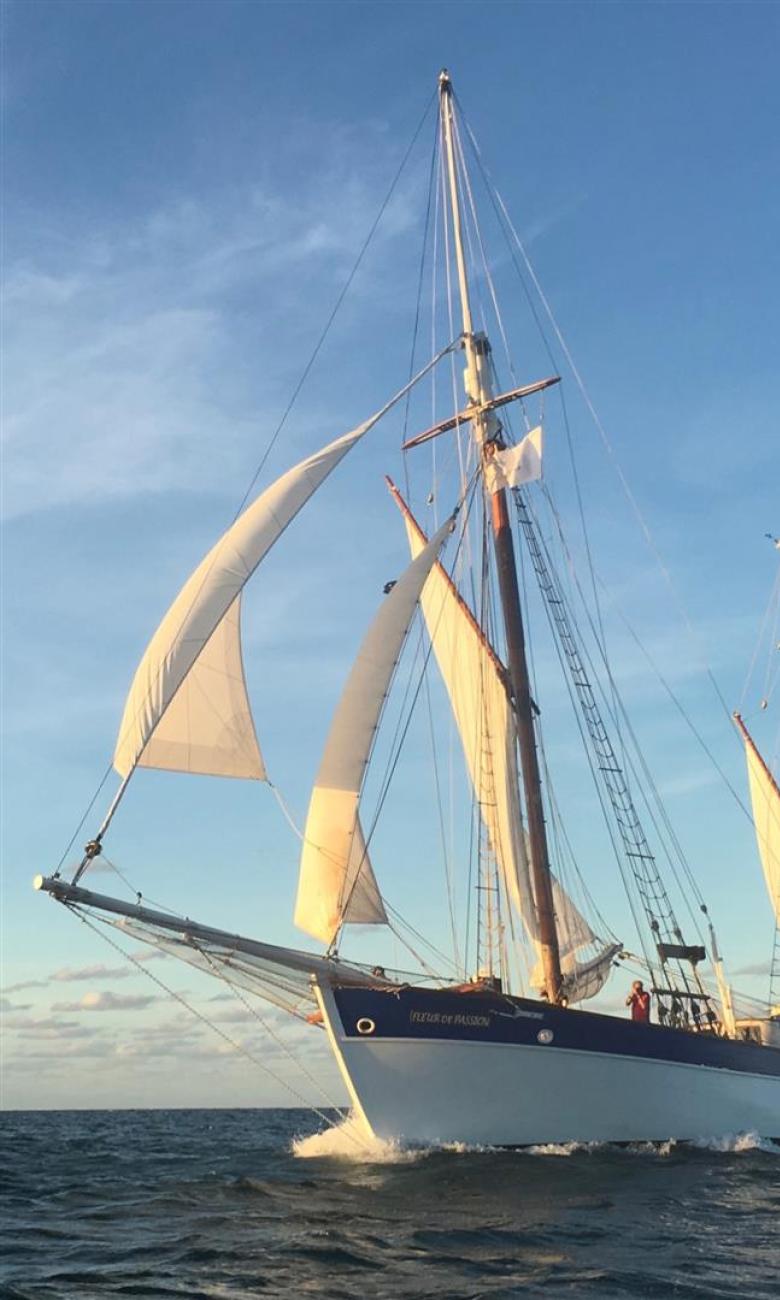
This conundrum can perhaps be illustrated by a 33-metre ketch (a two-mast sailing boat with the main mast at the front) named the Fleur de Passion that sails under the Swiss flag. Like all other Swiss vessels she is registered in Basel (on the Rhine, which flows ultimately into the North Sea). She arrived in southern Madagascar in June this year, after crossing the Indian Ocean from Southeast Asia. She is now bound for Maputo, from where she will continue down the South African coast to Durban and round to Cape Town. At the beginning of next year, she will start to work her way up the Atlantic coast towards Dakar, then on to Cape Verde, the Azores, Portugal and finally Seville, where she is scheduled to arrive on Friday 6 September 2019.
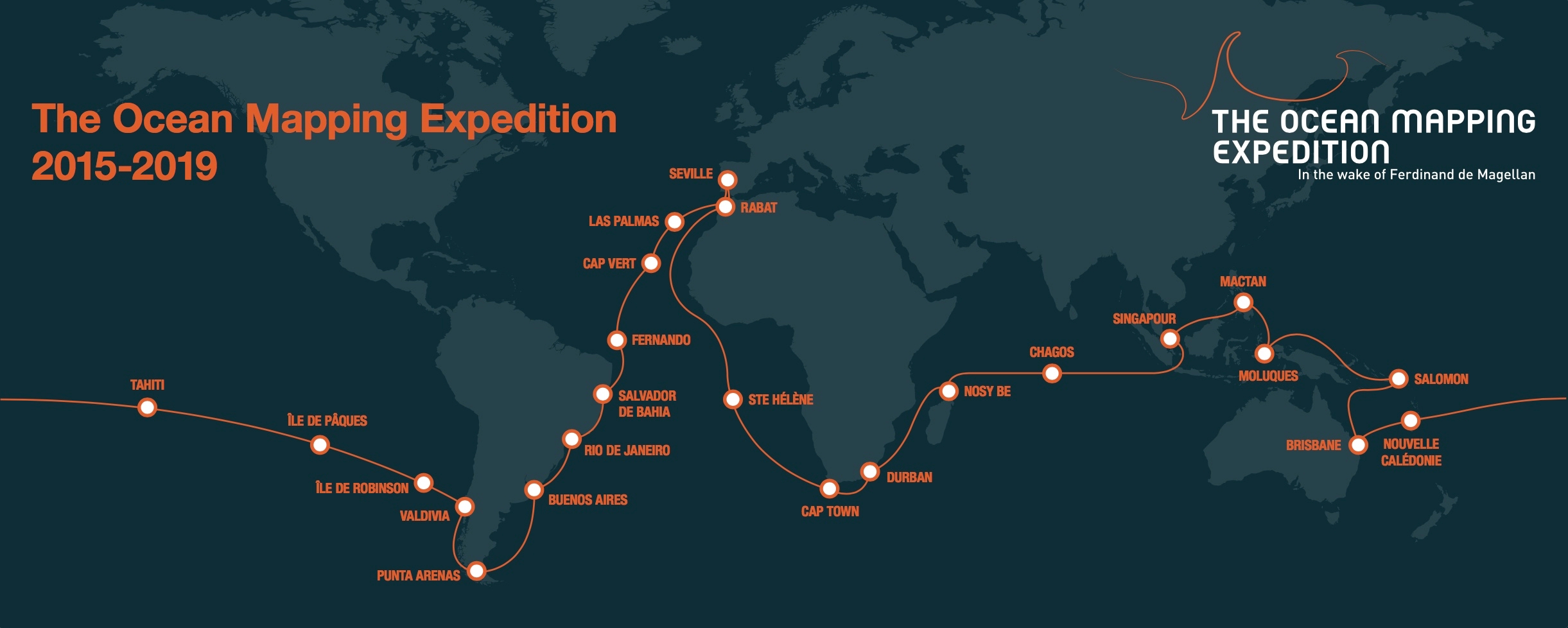
September 2018 thus marks the start of this traditional sailing boat's final year of an incredible four-and-a-half-year adventure combining science, education and culture: the Ocean Mapping Expedition, a circumnavigation of the globe tracing the exact same route taken by Ferdinand Magellan, the famous Portuguese explorer, who had set off almost 500 years before in search of a passage from the west to what at the time were referred to as the 'spice islands' – today known as the Moluccas in Indonesia.
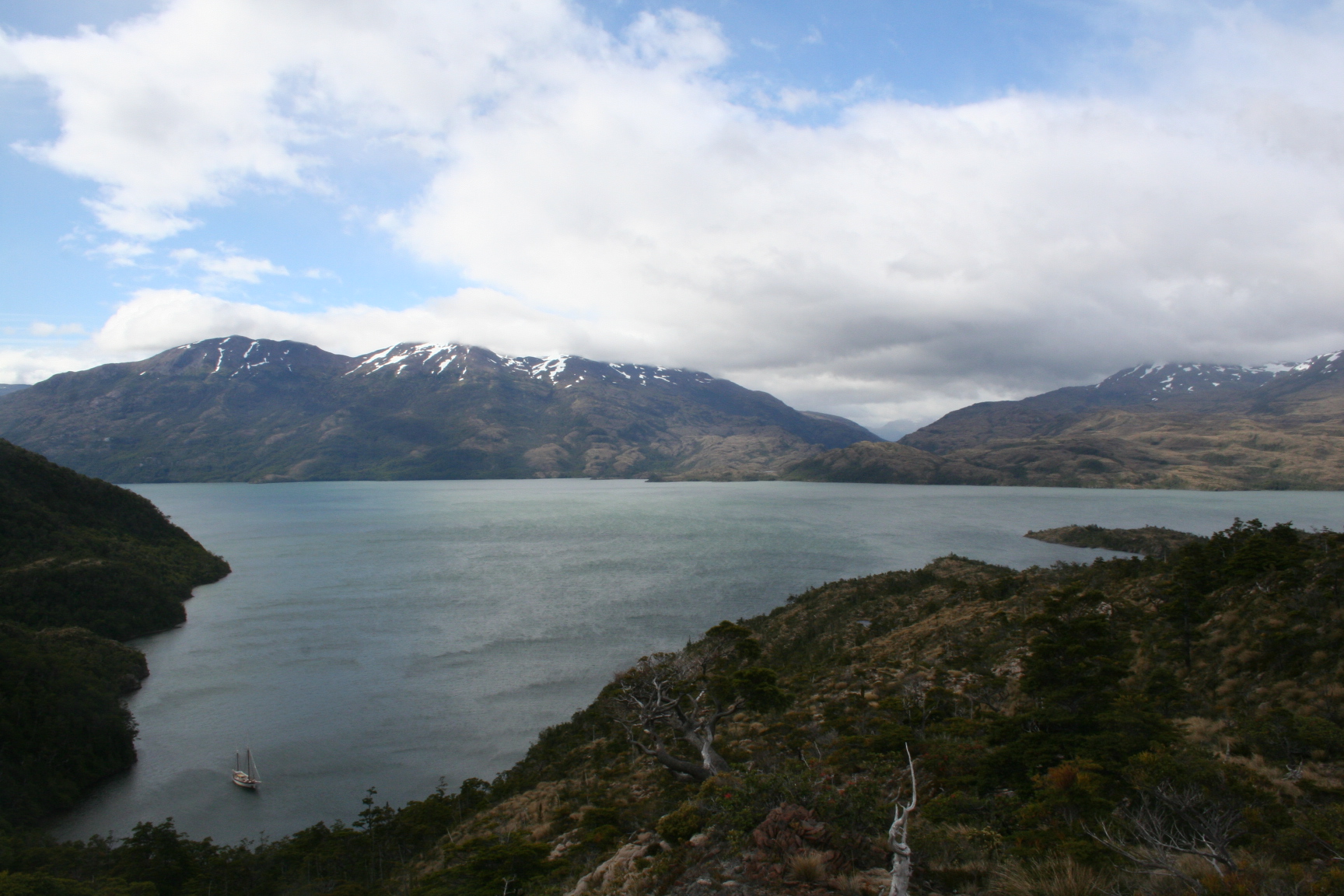
Understanding the human impact on the oceans
The mission of the Fleur de Passion – and her succession of crews – is quite different from Magellan's: not at all commercial but rather metaphorical. It is based on the fundamental aims of the Pacifique fondation, a non-profit organisation of recognised public benefit, established in Geneva (on the Rhône, which flows into the Mediterranean). The fondation was set up entirely by Genevan civil society with the aim of contributing to a better understanding of the human impact on the oceans and a greater appreciation of the related sustainable development issues at stake, implementing a range of scientific, socio-educational and awareness programmes through its various expeditions.
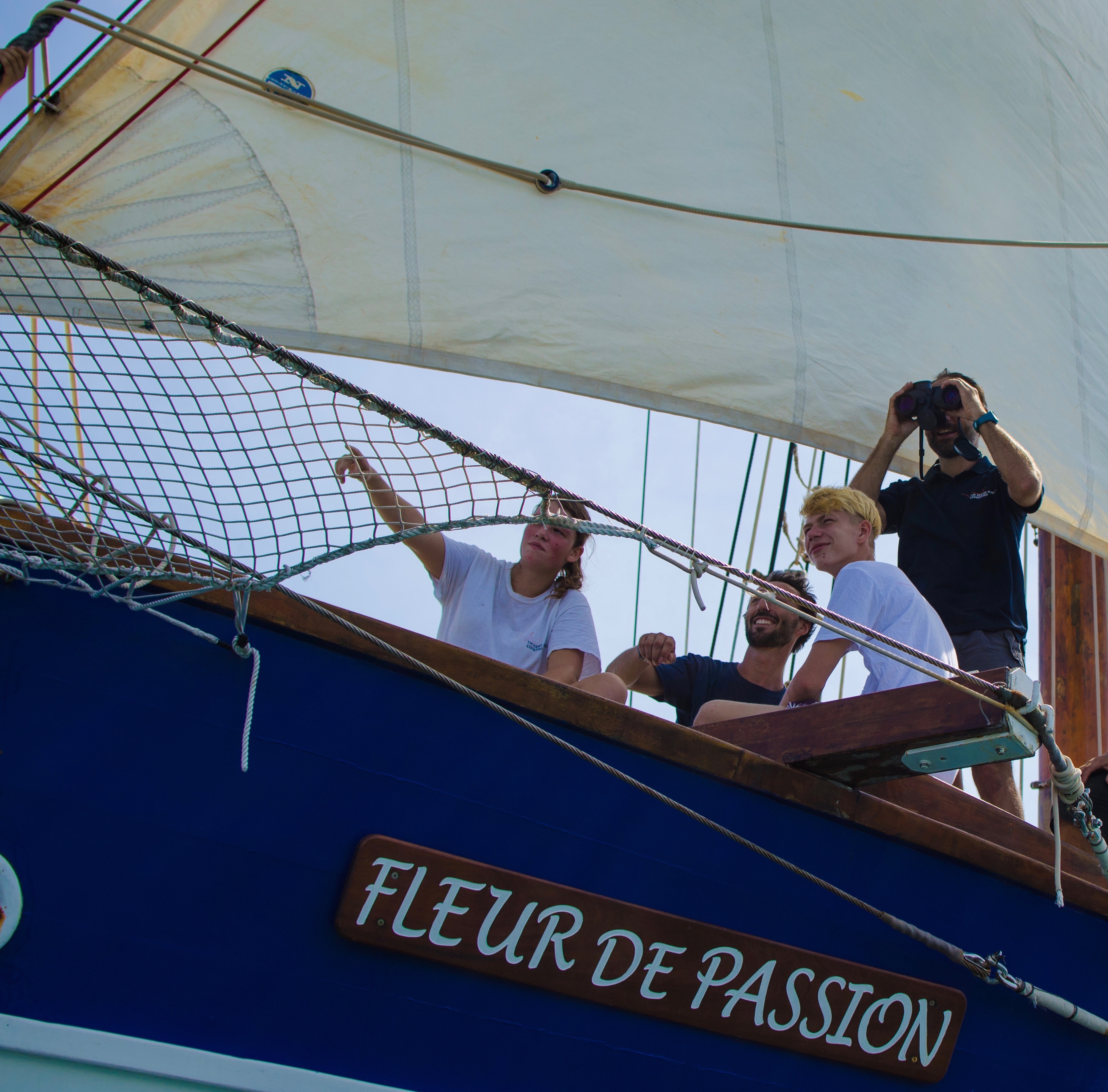
Beyond that, by juxtaposing the past with the present and the present with the future, the fondation seeks to question our current world and humanity's somewhat turbulent relationship with the planet, using a number of major timeless themes by way of illustration: the quest for knowledge and discovery; access to wealth and its distribution; the spirit of territorial, commercial, cultural and ideological conquest, which humanity has so much difficulty in shedding; the irrepressible search for power and domination; or on the contrary the quest for a better coexistence, the utopian dream of a peaceful world, stripped of its armaments in the true sense of the word, as the Fleur de Passion once was herself.
A sailing boat with an astonishing past
From the moment the expedition set sail from Seville in April 2015 – the very same point of departure as Magellan's – the Fleur de Passion was the bearer of this hope, inspired indeed by her own history. Built in 1941, before she was transformed into a sailing boat she had been a Kriegsfischkutter – a German navy motor boat – and had been used for the marking and laying of minefields. Recovered by the French navy after the war, she was disarmed and sold in the 1970s to a private buyer who then rigged her as a ketch and named her the Fleur de Passion. Practically a wreck, she was purchased in 2002 by the Geneva-based association Pacifique, who completely restored her and from 2009 she became a platform for projects dedicated to the search for a better coexistence through multidisciplinary expeditions, such as the current Ocean Mapping Expedition.
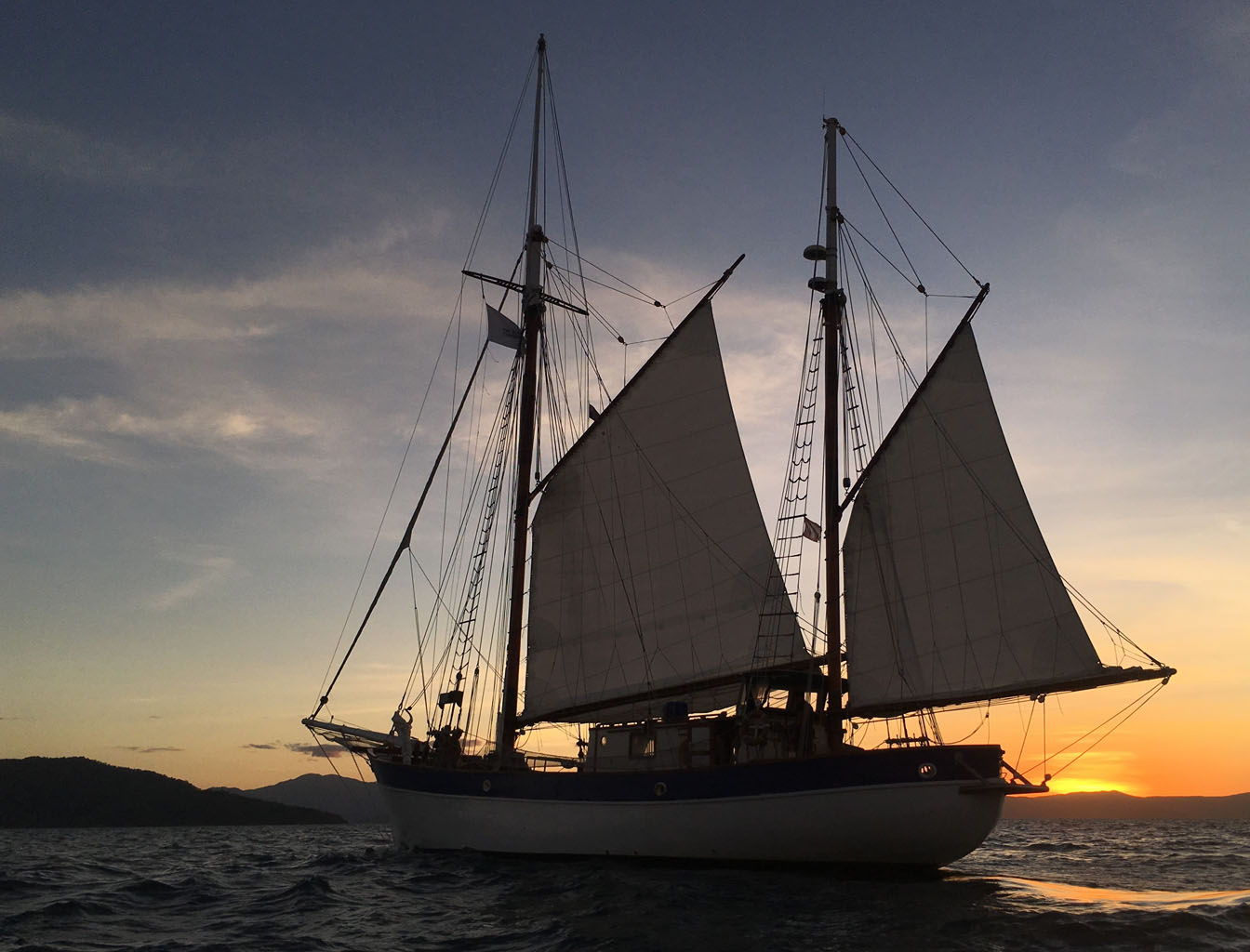
A floating microcosm
Manned by professional crews from Switzerland, France and Spain, the Fleur de Passion is a kind of floating microcosm that reflects the challenges facing our planet today. The passengers come from various walks of life: disoriented teenagers in search of new horizons, sponsored by the authorities of the canton of Geneva; others who are eager to explore the open seas, meet other cultures and perhaps discover themselves (some of them join as crew members); and still others who are comic book writers and illustrators – so far mainly from French-speaking Switzerland – who are tasked with recounting the world of today in the great tradition of the marine artists of days gone by. All these actors in the adventure are in the privileged position of seeing at first hand some of today's most pressing environmental issues: microplastic and noise pollution of the oceans (caused by human activity), coral bleaching and the effects of greenhouse gases. The expedition is being carried out in partnership with various scientific institutions, both Swiss and international: the Oceaneye association in Geneva, the Laboratory of Applied Bioacoustics of the Polytechnic University of Catalonia in Barcelona, the University of Queensland in Brisbane, and the Faculty of Science at the University of Geneva.
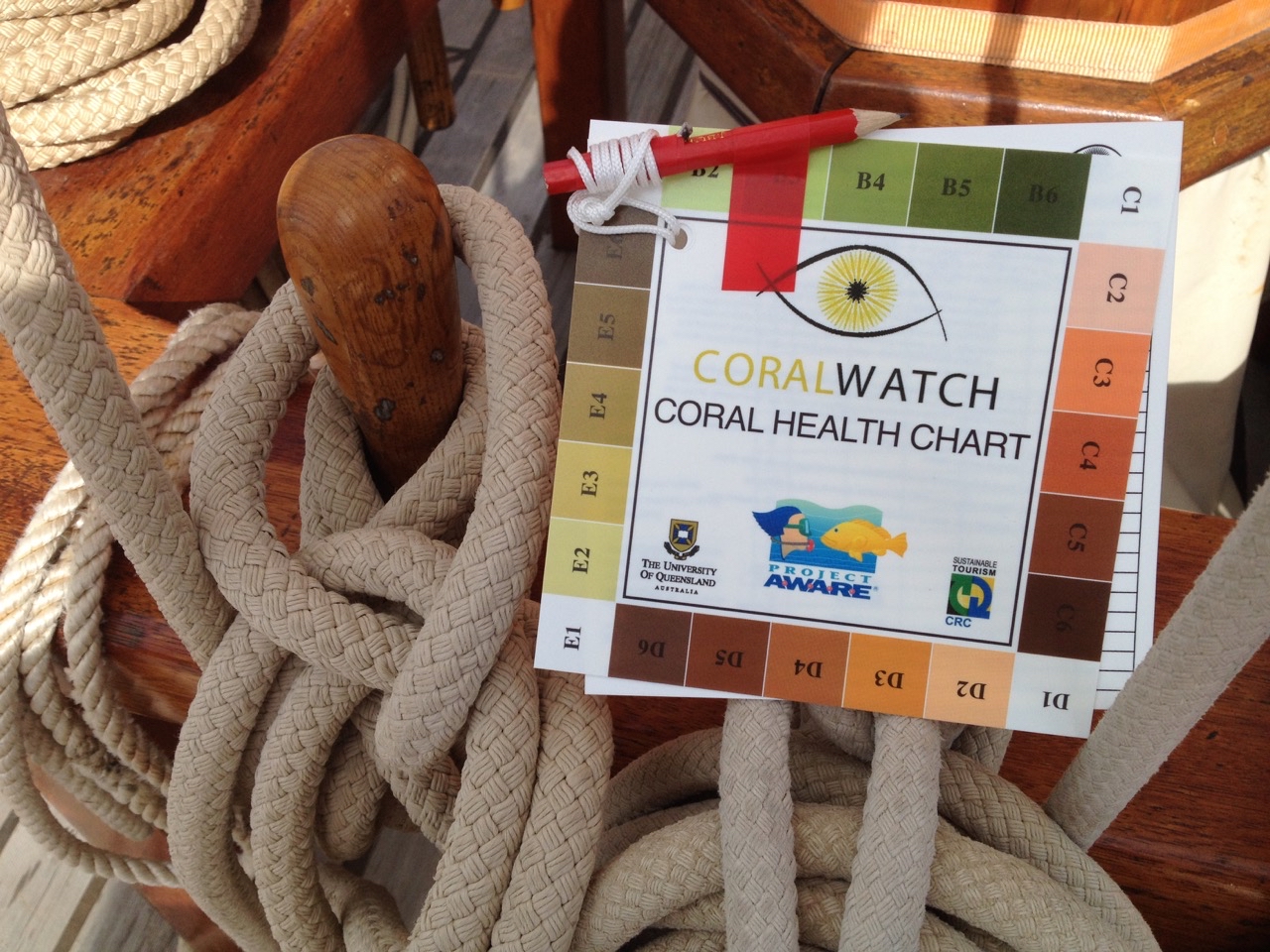
The Fleur de Passion is a traditional sailing boat where everything is operated manually, and is proving to be an excellent logistical platform for the expedition's partners: the ideal setting for promoting a spirit of solidarity and teamwork. At stopovers in Buenos Aires, Valdivia, Tahiti, Brisbane, Singapore and Jakarta, this extraordinary flagship of Swiss seafaring generated a great deal of curiosity and enthusiasm among the public, who were invited to come on board and look around. There will be additional opportunities to come aboard during future stopovers in Cape Town, Dakar and Lisbon, to name but a few.
Historical buffs might care to note that among all five of the crews of Magellan's fleet in 1519 there was not one Swiss among them. But in September 2019, when the 500th anniversary of his voyage is commemorated, it is a Swiss vessel that will be the first to mark the event.



